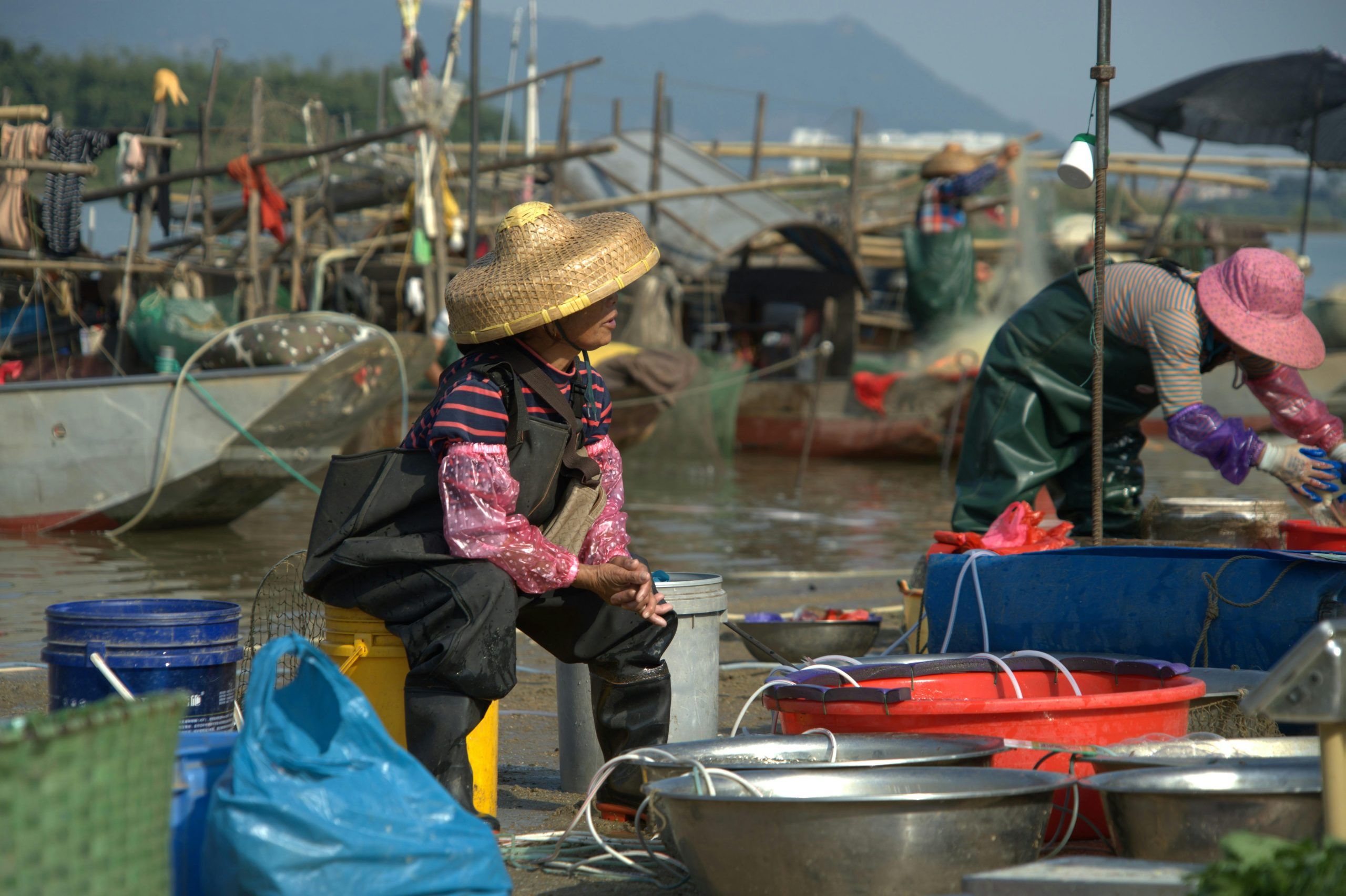Marine and Blue Biotechnology: Sustainable Seafood Innovations
The global seafood industry has been facing various challenges such as overfishing, pollution, and the impact of climate change. These issues not only affect the health of our oceans but also pose a threat to the sustainability of seafood production. In light of this, the role of marine and blue biotechnology in promoting sustainable seafood innovations has become increasingly important.
The Concept of Marine and Blue Biotechnology
Marine and blue biotechnology refer to the use of biological resources from marine and aquatic environments for various applications. It involves the study, exploitation, and development of marine organisms, such as bacteria, algae, and fish, for the production of food, energy, and other valuable products.
The Potential of Marine and Blue Biotechnology in Sustainable Seafood Innovations
The marine and blue biotechnology industry has been making strides in promoting sustainable seafood production through various innovations. Here are some of the most promising developments:
1. Sustainable Aquaculture Techniques
Aquaculture, or the farming of aquatic organisms, has been on the rise to meet the growing demand for seafood. However, traditional aquaculture practices have been criticized for their negative impact on the environment, such as water pollution, habitat destruction, and the use of antibiotics and chemicals. Through the use of marine and blue biotechnology, sustainable aquaculture techniques such as integrated multi-trophic aquaculture (IMTA) have been developed. IMTA involves the cultivation of multiple species in the same area, creating a symbiotic relationship where waste from one species serves as nutrients for another. This technique reduces waste and improves the overall sustainability of aquaculture.
2. Bioremediation of Aquatic Pollution
The increase in pollution from industrial, agricultural, and urban activities has had a significant impact on the health of our oceans and the organisms within them. Marine and blue biotechnology offer a solution through the use of bioremediation, the process of using living organisms to break down and remove pollutants from the environment. Researchers have found that certain marine microorganisms have enzymes that can break down oil spills and other pollutants, making the oceans cleaner and safer for seafood production.
3. Development of Alternative Seafood Products
With the decline of wild fish stocks and the negative impact of traditional fishing on the environment, there has been a growing demand for alternative seafood products. Marine and blue biotechnology have paved the way for the development of innovative products such as algae-based fish feed, fish-free fish oil, and plant-based seafood substitutes. These alternatives offer a sustainable and eco-friendly option for seafood lovers while reducing the strain on the ocean’s resources.
The Future of Sustainable Seafood Innovations
The potential of marine and blue biotechnology in sustainable seafood production is vast and continues to be researched and explored. With the collaboration of scientists, governments, and the seafood industry, the future looks promising for sustainable seafood innovations. However, there are still challenges to overcome, such as high production costs and consumer acceptance, which require further efforts and investment.
Conclusion
In conclusion, the use of marine and blue biotechnology in promoting sustainable seafood production offers a multitude of benefits, not only for the environment but also for the economy and society. With the continuous development of new technologies and techniques, we can look forward to a more sustainable and healthy seafood industry for generations to come.









